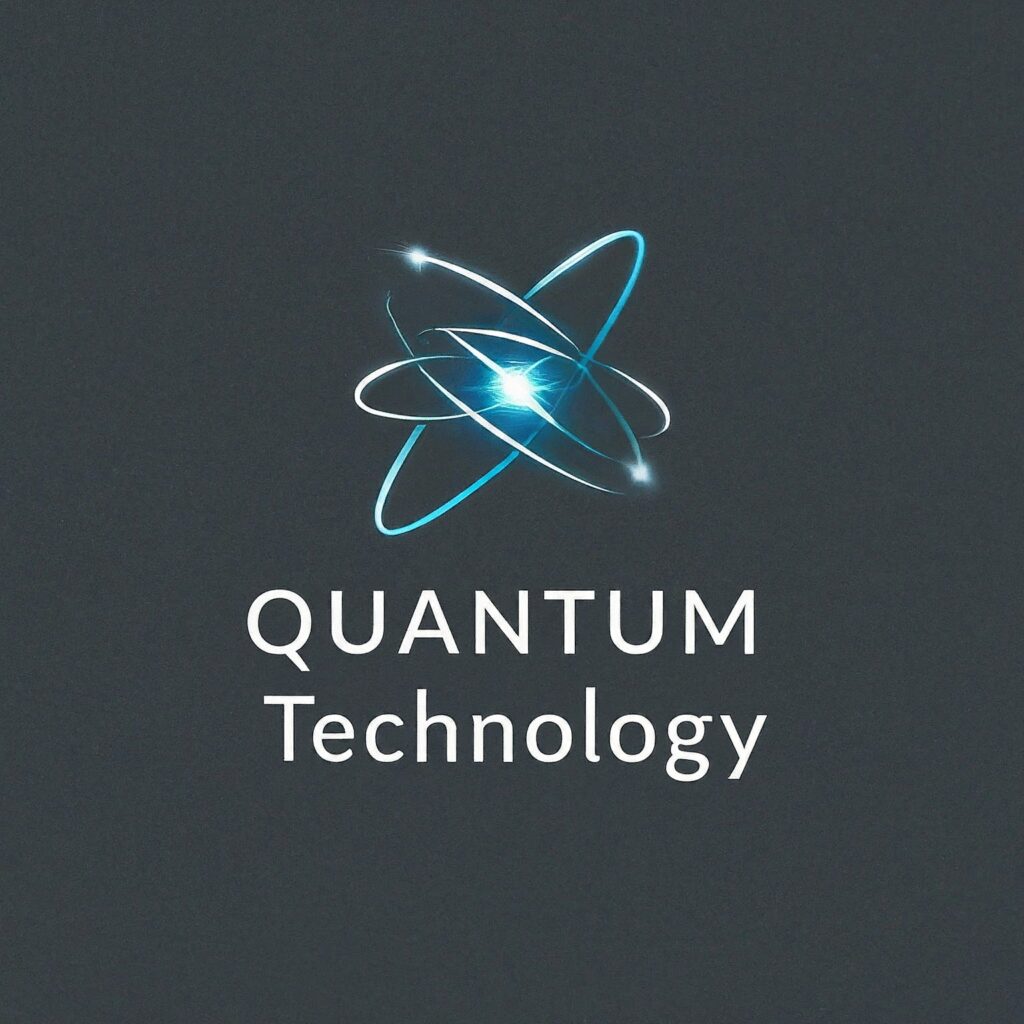
In the era of artificial intelligence, machine learning models are trained on vast amounts of data collected from millions of users. These datasets help improve accuracy and performance, but they also raise concerns regarding privacy, data ownership, and compliance with global regulations. As a response to these challenges, a new concept known as machine unlearning has emerged. Machine unlearning refers to the ability of a model to selectively forget or remove the influence of specific data points or users from a trained system, as if the data had never been used in the first place.
This idea is becoming increasingly important as digital systems grow more complex and as people demand greater control over their personal information. Laws such as the General Data Protection Regulation (GDPR) and the Right to be Forgotten emphasize the importance of providing individuals with the ability to revoke consent. Machine unlearning aims to make this technically feasible.
The Need for Machine Unlearning
Traditional machine learning models learn patterns by optimizing their internal parameters using all available training data. Once training is complete, the model does not remember individual data points explicitly, but their influence is embedded within the learned parameters. If a user requests deletion of their data, the common solution today is to retrain the entire model from scratch without including the unwanted samples. However, this method is expensive, time-consuming, and impractical when dealing with large datasets or frequently changing user information.
Machine unlearning addresses this problem by enabling fast, efficient removal of specific data contributions without having to redo the whole training process. This not only supports privacy compliance but also increases flexibility in model maintenance.
How Machine Unlearning Works
The main challenge in machine unlearning is that model parameters are deeply intertwined with the entire dataset. Removing the effect of one sample requires special training methods that allow selective modification. Researchers have proposed several approaches:
1. Exact Unlearning
Exact unlearning aims to revert a model to the exact state it would have been in if the deleted data were never included. While theoretically ideal, it is computationally difficult in most real-world applications. Methods such as maintaining checkpoints or reverse influence functions help, but they are often limited in scalability.
2. Approximate Unlearning
Approximate unlearning is more practical. Instead of achieving perfect removal, the goal is to ensure that the updated model behaves nearly the same as one retrained from scratch, with a very small error margin. This is done using techniques like:
-
Gradient updates that counteract the effect of specific data points
-
Sharded training, where data is grouped into subsets that can be independently retrained
-
Monte Carlo approximation, which estimates how removal of a sample affects parameters
These strategies significantly reduce the computational cost.
3. Certified Unlearning
Certified unlearning provides mathematical guarantees that the data has been effectively forgotten. This approach offers formal proofs or confidence intervals showing that the resulting model is indistinguishable from a model trained without the removed data. It is especially helpful in sensitive domains such as healthcare or finance.
Applications of Machine Unlearning
Machine unlearning is gaining popularity across multiple fields due to its benefits related to privacy, adaptability, and compliance.
1. Data Privacy & User Rights
With privacy laws strengthening worldwide, organizations must provide users the ability to delete their data from AI systems. Machine unlearning ensures compliance by offering a technical mechanism to satisfy these requests.
2. Continuous Learning Systems
Modern AI applications such as recommender systems, fraud detection models, and autonomous vehicles are continuously updated with new data. As old data becomes irrelevant or outdated, unlearning allows the model to forget obsolete information, improving performance.
3. Reducing Bias
If a dataset contains biased or harmful examples, machine unlearning can selectively remove such data without retraining the entire system. This is useful in building fair and unbiased models.
4. Security and Robustness
If a malicious user introduces poisoned or adversarial data into the training process, machine unlearning helps remove the contaminating samples quickly. This makes unlearning a valuable tool for defending against data poisoning attacks.
Challenges in Implementing Machine Unlearning
Despite its benefits, machine unlearning faces several challenges:
1. Complexity of Modern Models
Deep neural networks, especially large models like transformers, have billions of parameters. Tracing the influence of a single data point through such a large network is extremely complex.
2. Trade-off Between Accuracy and Efficiency
Approximate unlearning may slightly degrade model performance. Finding the right balance between speed, accuracy, and privacy guarantees remains an active research topic.
3. Distributed Systems and Data Replication
In real-world organizations, training data is often replicated across multiple servers and systems. Ensuring that all copies of a data point are fully erased adds logistical difficulty.
4. Legal and Ethical Concerns
Determining what exactly needs to be forgotten can be tricky. For example, if a user’s data influenced secondary datasets or summaries, should those also be unlearned? These questions require legal and ethical clarity.
Future of Machine Unlearning
The field of machine unlearning is still developing, but its importance is increasing rapidly. As AI systems become more integrated into daily life, users expect more transparency and control over their data. Unlearning techniques will likely become standard features in AI pipelines, much like model compression or optimization today.
Researchers are also exploring automated pipelines where models can instantly unlearn data upon request, making the process seamless. Additionally, integration of unlearning with federated learning and edge computing could allow real-time user-level privacy protection without compromising performance.
Conclusion
Machine unlearning represents a significant shift in how AI systems manage and retain information. By enabling models to forget specific data on demand, it addresses crucial challenges of privacy, legal compliance, security, and fairness. Although still an emerging field, it holds immense promise for building responsible and user-centric AI systems. As research advances, machine unlearning is set to become a core component of the future AI ecosystem—making technology not just smarter, but also more ethical and trustworthy.
